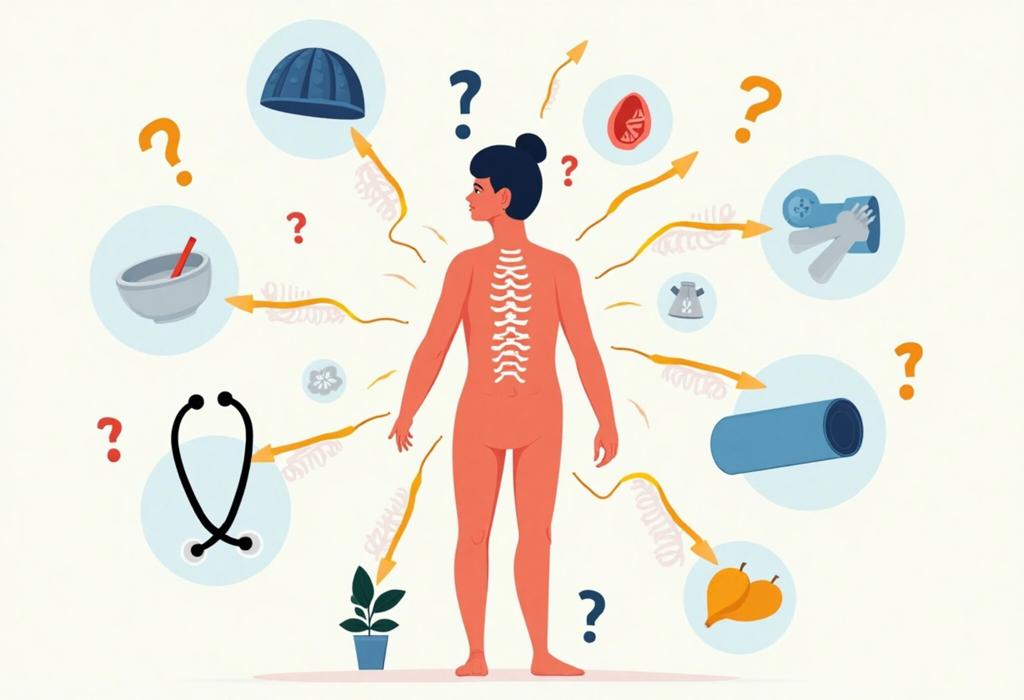For more details on this content, please review the step-by-step guide and frequently asked questions.
Diagnosing Hidden Symptoms

Step-by-Step Guide
Understanding Hidden Symptoms
Hidden symptoms are signs of illness that may not be immediately obvious or are often ignored. Common hidden symptoms include fatigue, anxiety, and digestive issues. Understanding what hidden symptoms are and why they are important is the first step in proper diagnosis.
Recognizing Common Hidden Symptoms
Take note of common hidden symptoms such as unexplained fatigue, mood changes, persistent mild pain, digestive disturbances, and sleep issues. Documenting these symptoms can help in understanding underlying health issues.
Tracking Symptoms with a Journal
Keep a symptom journal where you can record the symptoms you experience daily. Include details like frequency, duration, severity, and any triggers you may notice. This information is crucial for healthcare professionals in diagnosing hidden conditions.
Understanding Lifestyle Factors
Reflect on your lifestyle choices such as diet, exercise, sleep habits, and stress levels. Certain lifestyle factors can contribute to hidden symptoms or exacerbate existing conditions. Make any necessary adjustments to promote better health.
Consulting a Healthcare Professional
If you notice persistent hidden symptoms, consult a healthcare professional. Provide them with detailed information from your symptom journal to help in their evaluation of your health status.
Undergoing Diagnostic Tests
Your doctor may recommend various diagnostic tests such as blood tests, imaging scans, or allergy tests to further investigate the underlying causes of your hidden symptoms. Understanding these tests could empower you during the diagnostic process.
Seeking Specialist Opinions if Necessary
For complex or confounding symptoms, do not hesitate to consult specialists, such as a neurologist, gastroenterologist, or psychologist. Their expertise may shed light on hidden issues that general practitioners might overlook.
Exploring Alternative Therapies
Consider discussing alternative therapies with your healthcare provider which may include acupuncture, yoga, meditation, or dietary changes. Some individuals find relief from hidden symptoms through holistic approaches.
Monitoring Progress and Adjusting Treatment
Stay vigilant and monitor the effectiveness of treatments recommended by your healthcare provider. Adjustments may be necessary based on your ongoing symptoms and any new observations you make along the way.
Educating Yourself
Educate yourself about potential conditions linked to hidden symptoms by utilizing reliable health resources, websites, and literature. Knowledge is powerful in tackling health challenges, allowing for informed conversations with your healthcare team.








